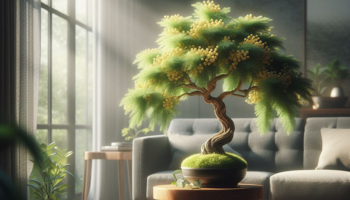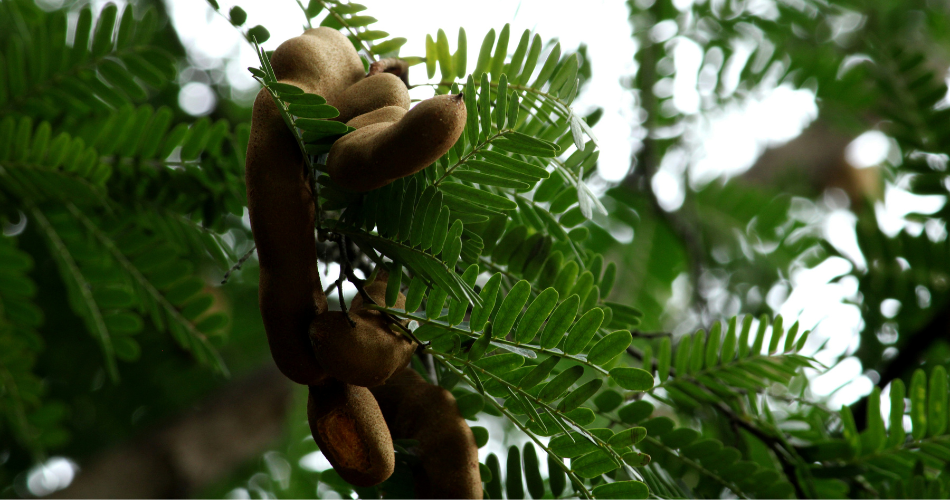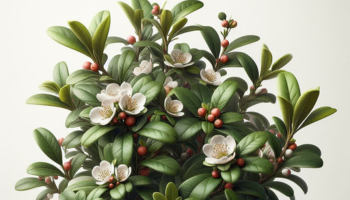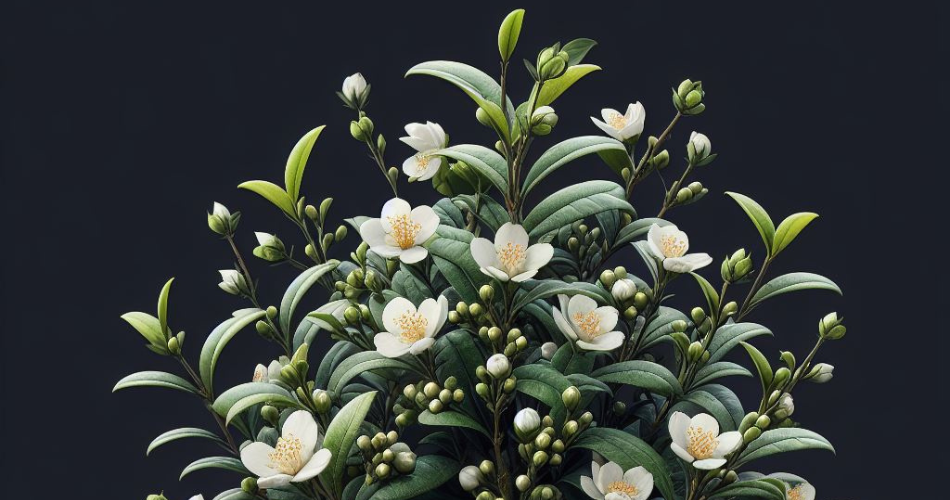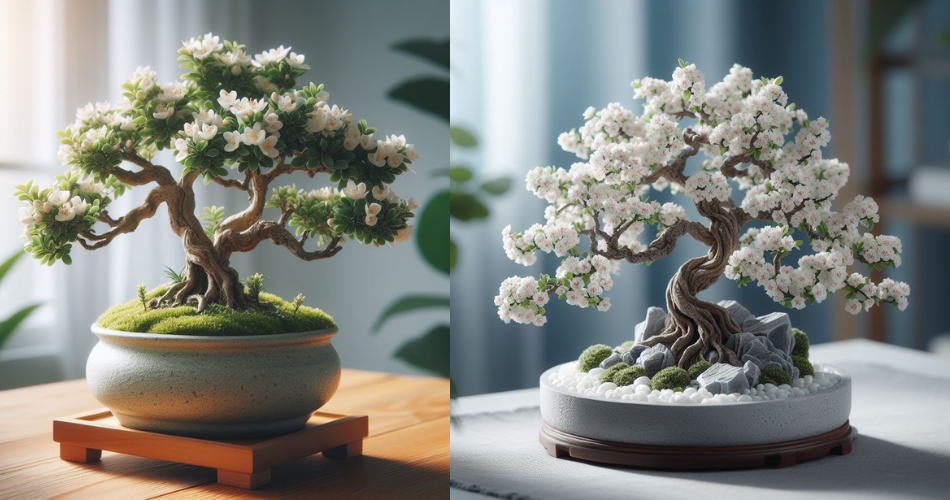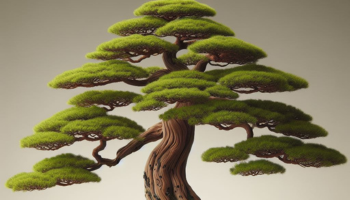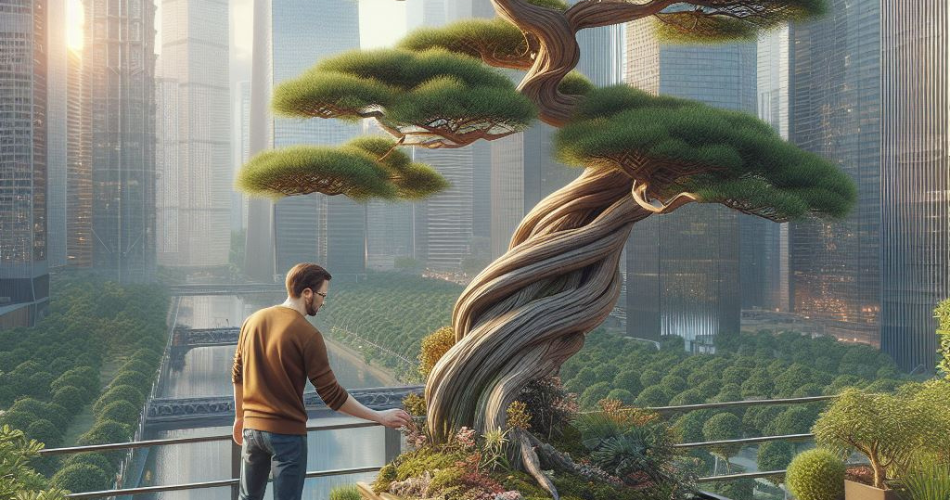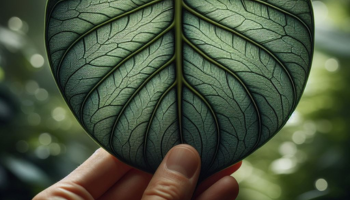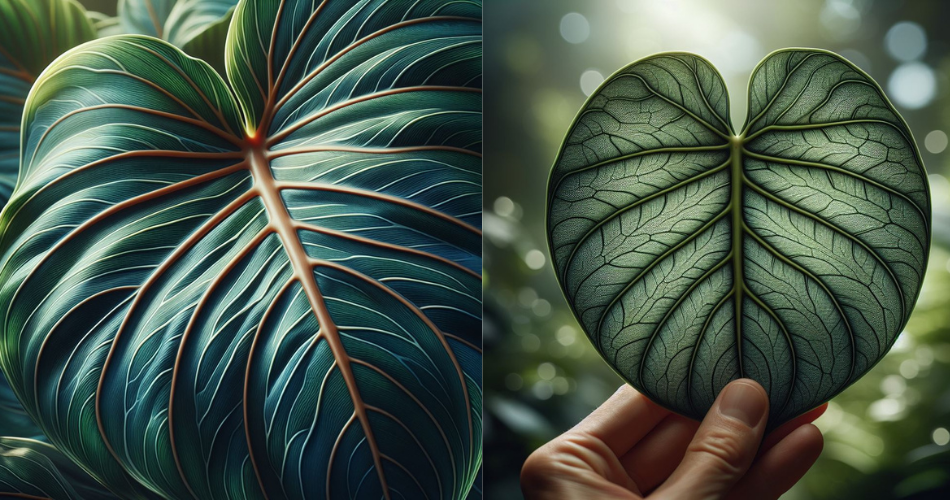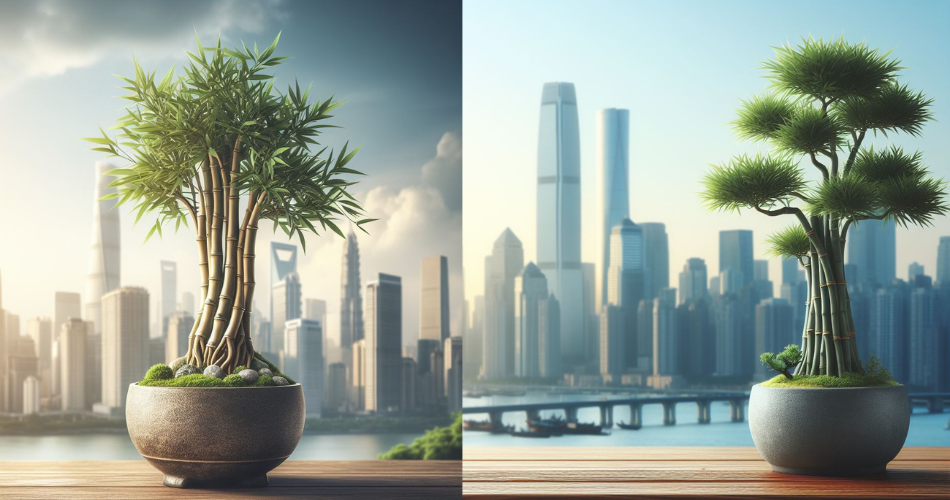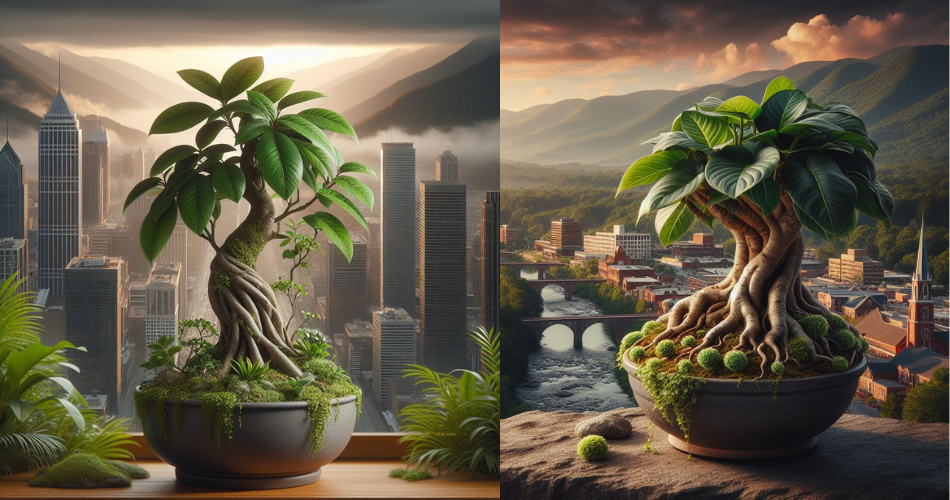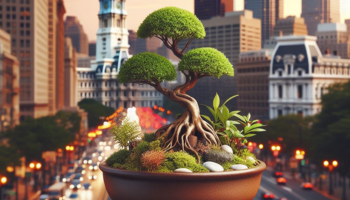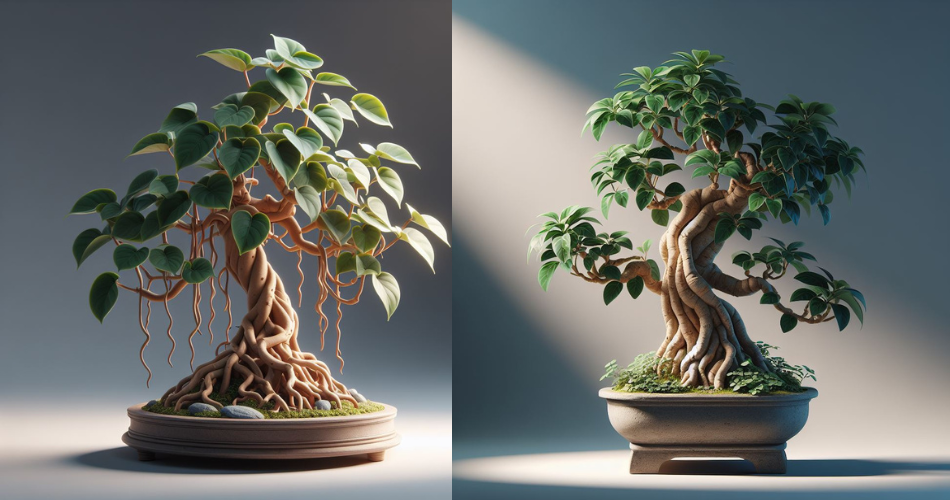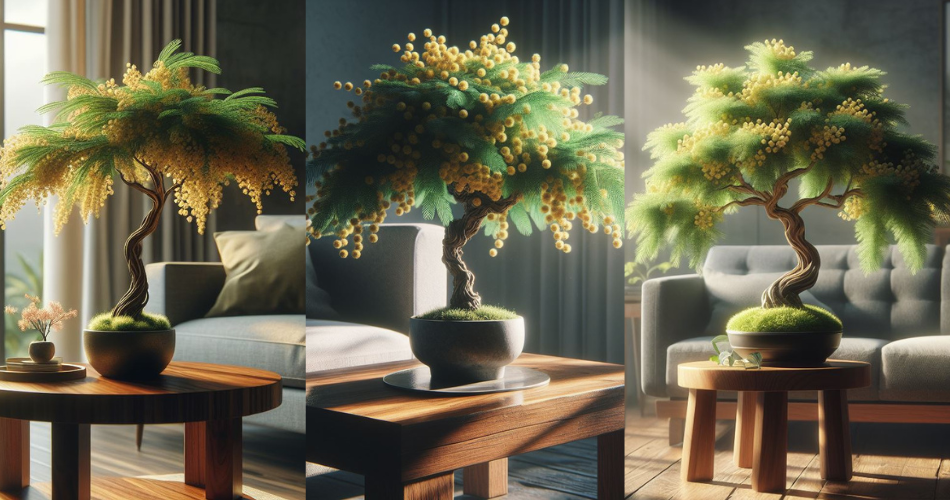
Mimosa bonsai trees are captivating miniature versions of the graceful and delicate Mimosa tree. These bonsai trees, also known as Albizia julibrissin, are renowned for their vibrant pink flowers, feathery foliage, and unique branch structure. In this article, we delve into the fascinating world of Mimosa bonsai trees, exploring their history, care requirements, and various aspects related to their cultivation. Whether you are a bonsai enthusiast or simply intrigued by the beauty of these trees, this article will provide you with essential information to cultivate and appreciate Mimosa bonsai trees to their fullest potential.
1.1 What is a Mimosa Bonsai Tree?
So you’re thinking about getting a Mimosa bonsai tree? Well, let me tell you, you’re in for a treat! Mimosa bonsai trees are small, delicate trees that are known for their beautiful fern-like leaves and vibrant, pom-pom-like flowers. These miniature trees have a unique charm that can instantly brighten up any space.
1.2 The Beauty and Symbolism of Mimosa Bonsai Trees
Mimosa bonsai trees are not just pretty to look at; they also carry a lot of symbolism. In many cultures, the Mimosa plant represents sensitivity, femininity, and elegance. It’s no wonder why these trees are often chosen as gifts for special occasions like Mother’s Day or birthdays. Plus, the soft, fluffy flowers are irresistible to butterflies, so having a Mimosa bonsai tree in your garden is like having a VIP pass to the best butterfly party in town!
2. Understanding the History of Mimosa Bonsai Trees
2.1 Ancient Roots: Origins of Mimosa Bonsai Trees
The history of Mimosa bonsai trees can be traced back to ancient China and Japan. These trees were initially cultivated for their medicinal properties and were highly valued for their healing abilities. Over time, their aesthetic appeal became more appreciated, and they found their way into the world of bonsai.
2.2 Cultural Significance and Evolution of Mimosa Bonsai Trees
Mimosa bonsai trees have played a significant role in Asian cultures for centuries. In China, they symbolize peace and tranquility, while in Japan, they are associated with purity and innocence. As these trees spread to other parts of the world, their significance evolved, and they became beloved for their ornamental value and captivating beauty.
3. Selecting and Potting a Mimosa Bonsai Tree
3.1 Choosing the Right Mimosa Bonsai Tree Variety
When it comes to selecting a Mimosa bonsai tree, you have a variety of options to choose from. Some popular varieties include Albizia julibrissin and Albizia lebbeck. Each variety has its own unique characteristics, so make sure to do your research and pick one that suits your preferences and the climate of your area.
3.2 Proper Pot Selection and Preparation
Once you’ve chosen your Mimosa bonsai tree, it’s time to find the perfect pot to showcase its beauty. Look for a pot that provides adequate drainage and is proportionate to the size of your tree. And don’t forget to clean and prepare the pot before planting to ensure a healthy growing environment.
3.3 Suitable Soil and Planting Techniques
Mimosa bonsai trees thrive in well-draining soil that retains some moisture. A combination of bonsai soil mix, organic matter, and sand can create an ideal growing medium. When planting your Mimosa bonsai, be gentle with the roots and ensure they are spread out evenly. And remember, a happy bonsai tree is a well-planted bonsai tree!
4. Essential Care Tips for Mimosa Bonsai Trees
4.1 Light and Temperature Requirements
Mimosa bonsai trees love basking in the sunlight, but they also appreciate some shade during the hottest part of the day. Place your tree in a spot that receives bright, indirect light for most of the day. As for temperature, these trees thrive in warm climates, so make sure to protect them from frost and extreme cold.
4.2 Watering and Humidity Needs
When it comes to watering your Mimosa bonsai tree, consistency is key. Let the soil dry out slightly between waterings, but don’t let it become bone dry. As for humidity, these trees appreciate a more humid environment, especially during hot and dry seasons. Misting the leaves or placing a tray of water nearby can help maintain adequate humidity levels.
4.3 Fertilization and Nutrient Management
To keep your Mimosa bonsai tree happy and healthy, regular fertilization is essential. During the growing season, use a balanced, slow-release fertilizer to provide your tree with the nutrients it needs. However, be cautious not to over-fertilize, as excessive nutrients can harm the tree. Remember, moderation is the key to a thriving bonsai!
Now that you have a basic understanding of Mimosa bonsai tree care and their fascinating history, it’s time to bring home your very own mini forest of beauty and symbolism. Happy bonsai-ing!osa Bonsai Trees
8.2 Choosing the Right Display Container
8.3 Creative Styling Ideas for Mimosa Bonsai Trees
5. Pruning and Shaping Techniques for Mimosa Bonsai Trees
5.1 Understanding the Basics of Pruning
Pruning, my friends, is like giving your Mimosa bonsai tree a well-deserved trim. Just like how we need haircuts to keep our locks looking fresh, bonsai trees need pruning to maintain their shape and encourage healthy growth. The basic idea is to remove excess branches, shoots, and foliage to create a more balanced and aesthetically pleasing tree. It’s like finding the perfect balance between looking good and feeling good!
5.2 Styling and Shaping Principles for Mimosa Bonsai Trees
Now, let’s talk about styling and shaping. Think of it as giving your Mimosa bonsai tree its own unique personality. You can shape it into a cascading waterfall, an elegant broom style, or even a windswept masterpiece. The key is to work with the natural growth patterns of the tree and let your imagination run wild. Just remember to be patient and gentle when bending and wiring those branches. After all, we all deserve a little TLC, even our bonsai buddies!
5.3 Pruning Tools and Techniques
When it comes to pruning your Mimosa bonsai tree, you don’t need a fancy toolbox. All you need are a few basic tools and a can-do attitude. A good pair of pruning shears will be your best friend in this process. You can use them to remove unwanted branches, thin out dense foliage, and create that perfect shape you’re aiming for. And hey, don’t forget a trusty pair of gloves to protect your hands from any prickly encounters. Safety first, my friends.
6. Common Pests and Diseases Affecting Mimosa Bonsai Trees
6.1 Identifying and Treating Common Pests
Let’s face it, nobody likes uninvited guests, especially when they come in the form of pests. Unfortunately, our beloved Mimosa bonsai trees are not immune to these pesky invaders. But fear not, my fellow bonsai enthusiasts! By keeping a watchful eye and knowing what to look for, you can nip these tiny troublemakers in the bud. From aphids to spider mites, there are several common pests that can wreak havoc on your bonsai. But with proper identification and timely treatment, you can restore peace to your miniature tree kingdom!
6.2 Recognizing and Managing Common Diseases
Just as we humans sometimes fall under the weather, our bonsai buddies can also suffer from diseases. But worry not, because you’ll be armed with knowledge to recognize and combat these ailments. From fungal infections to root rot, there are a few common diseases that might try to take down your Mimosa bonsai tree. But with a little TLC, good hygiene practices, and the occasional use of fungicides, you can keep your tree healthy and thriving.
7. Repotting and Transplanting Mimosa Bonsai Trees
7.1 Signs that Repotting is Needed
As much as we love our bonsai trees, sometimes they outgrow their pots and need a change of scenery. Signs that your Mimosa bonsai tree is overdue for a repotting adventure include roots growing out of the drainage holes, slow growth, or if it’s been a few years since its last repot. Remember, bonsai trees may be small, but they have big dreams of an expansive root system!
7.2 Step-by-Step Guide to Repotting
Ready to embark on a repotting journey? Here’s a step-by-step guide to help you navigate through the process. First, gather your supplies: a new pot, some fresh soil, and a dash of determination. Carefully remove the bonsai tree from its current pot, gently untangle the roots, and trim any circling or tangled ones. Then, place your tree in its new pot, ensuring that it’s centered and at the desired angle. Finally, fill in the gaps with fresh soil, water thoroughly, and give your tree a pat on the branches for a job well done!
7.3 Transplanting Techniques and Considerations
Transplanting is like moving your bonsai tree to a new neighborhood. It’s a big decision, but sometimes it’s necessary to give your tree the fresh start it deserves. When considering transplanting, think about the climate, lighting conditions, and overall health of your Mimosa bonsai tree. Take care not to disturb the delicate root system, and be prepared to provide some extra love and care during the transition period. Remember, change can be scary, but it can also lead to beautiful new beginnings!
8. Styling and Displaying Mimosa Bonsai Trees
8.1 Showcasing the Natural Beauty of Mimosa Bonsai Trees
Ah, the thrilling moment of showcasing your masterpiece! When it comes to styling and displaying your Mimosa bonsai tree, the key is to let its natural beauty shine through. Avoid overwhelming it with excessive decorations or distracting elements. Instead, opt for simplicity and elegance. Find a balance between a captivating focal point and a harmonious background. Let your tree take center stage and become the star of the show!
8.2 Choosing the Right Display Container
Just as we carefully choose the right outfit for a special occasion, selecting the perfect display container for your Mimosa bonsai tree is crucial. Consider the size and style of your tree when choosing a container. It should complement the tree’s shape and enhance its overall aesthetic. Remember, it’s all about finding that perfect match that screams, “We were meant to be!” So go ahead, let your creative juices flow, and find a container that will make your bonsai tree feel like a million bucks!
8.3 Creative Styling Ideas for Mimosa Bonsai Trees
You’ve mastered the basics, now it’s time to get creative! Styling your Mimosa bonsai tree is an opportunity to unleash your artistic side. You can play with different wire sculptures, create enchanting forest scenes, or even experiment with seasonal themes. The sky’s the limit, my friends! Just remember, the goal is to enhance the natural beauty of your tree while expressing your unique personality. So go ahead, think outside the pot, and let your imagination run wild!In conclusion, growing and caring for Mimosa bonsai trees is a rewarding and fulfilling endeavor. By understanding their rich history, following proper care techniques, and embracing the art of shaping and styling, you can create a stunning masterpiece that embodies the beauty and elegance of nature in a miniature form. With patience, dedication, and a deep appreciation for these remarkable trees, you can embark on a lifelong journey of nurturing and admiring the enchanting Mimosa bonsai tree. So, start your bonsai adventure today and witness the magic of these captivating trees unfold before your eyes.
FAQ
1. Can I grow a Mimosa bonsai tree indoors?
Yes, it is possible to grow a Mimosa bonsai tree indoors. However, it is important to provide it with sufficient light, preferably near a south-facing window, and maintain proper humidity levels. Additionally, regular monitoring of temperature and watering is essential for indoor cultivation.
2. How often should I water my Mimosa bonsai tree?
The watering frequency for a Mimosa bonsai tree depends on various factors such as climate, pot size, and soil conditions. As a general guideline, you should water your bonsai when the top inch of soil feels slightly dry. Avoid overwatering, as it can lead to root rot, and ensure proper drainage to prevent waterlogged soil.
3. Do Mimosa bonsai trees require pruning and shaping?
Yes, pruning and shaping are crucial for maintaining the health and aesthetics of a Mimosa bonsai tree. Regular pruning helps control the tree’s shape, remove dead or damaged branches, and promote new growth. Shaping techniques such as wiring and pinching can be employed to enhance the tree’s structure and create the desired bonsai form.
4. Are Mimosa bonsai trees prone to any specific pests or diseases?
Mimosa bonsai trees can be susceptible to pests such as aphids, spider mites, and scale insects. It is important to regularly inspect your bonsai tree for any signs of infestation and take appropriate measures to control and eliminate the pests. Additionally, proper care practices, including adequate watering and good air circulation, can help prevent common diseases like powdery mildew and root rot.

